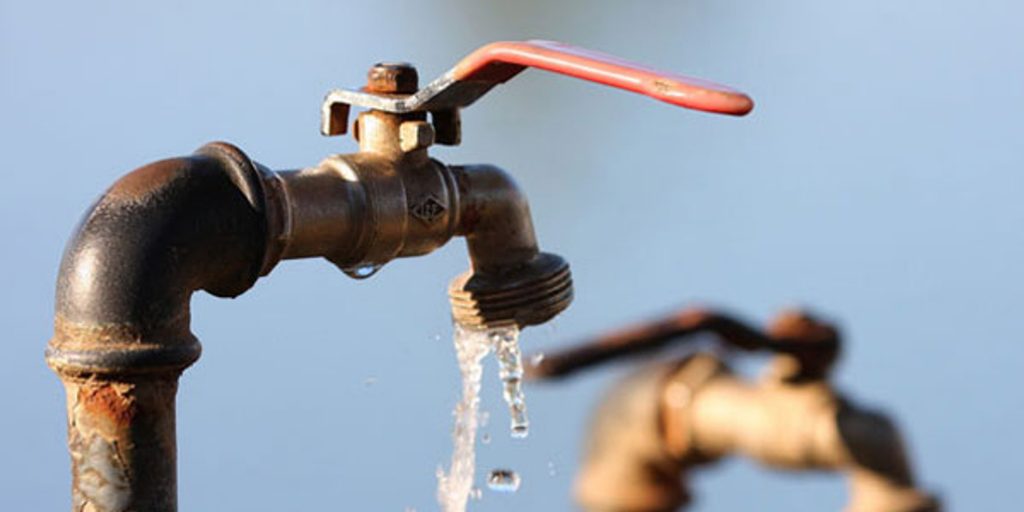Bhubaneswar: The state may soon face acute water scarcity if timely and adequate measures are not taken on groundwater recharge as the water table has been constantly decreasing in major towns and places across the state.
The last ground water survey was done in the state in 2017. As per the survey, the ground water level in state has been decreased by 6.71 per cent between 2009 and 2017. About 1.12 billion cubic metres of groundwater has depleted between 2009 and 2017.
The groundwater level in the state stood at 16.69 billion cubic metres in 2009, which reduced by 1.12 billion cubic metres to 15.57 billion cu m in 2017. It means the water level has been decrease by 6.71 per cent in just eight years.
As per the data of Central Ground Water Board (CGWB), the groundwater is fast depleting in Koraput district. In 1999, the groundwater level was 0.82 billion cubic metres in the tribal-dominated district. It was decreased to 0.48 billion cubic metres.
Out of 314 blocks of the state, the groundwater level in five blocks is in semi critical stage, which means about 70 to 90 per cent of the groundwater is being used in these blocks. The five blocks are—Bahanaga & Baliapal blocks in Balasore district, Korei of Jajpur, Garadpur of Kendrapara and Bolgad in Khurda district.
Similarly, the groundwater level in another 44 blocks is approaching towards semi critical level. It means about 60 to 70 per cent of the water is being used by the local population. These blocks include—Bhubaneswar, Hinjilicut, Dhenkanal, Talcher, Nayagarh Sadar, Kujang, Kakatpur, Kendrapara, Aul, Sora, Ganjam and Bargarh.
Apart from the above, the groundwater has turned saline in six blocks while water level in 27 towns is also decreasing by the day. These 27 towns include capital city Bhubaneswar, Cuttack, Berhampur, Angul, Aska, Titlagarh, Khurda, Hinjlicut, Jharsuguda, Puri, Sambalpur, Dhenkanal, Sonepur, Rourkela, Bolangir, Kendrapara and coal town Talcher.
With the constant dip in groundwater and also surface water, the annual per capita availability of water is also falling in the state. The average annual per capital availability of water in Odisha in 1991 was 3802.84 cubic metre, which was gown down to 2578.09 cubic metre in 2019. This figure will also fall down to 2329.88 cubic metre in 2030, sources said.
In a precautionary measure, the government has set a target to install Roof Top Rain Water Harvesting (RTRWH) in 1,885 government buildings and 29,500 private buildings in the affected towns.
However, this step seems to be nothing in comparison to the volume of water level going down in the state. Ranjan Panda of Water Initiative Odisha, said, “This is high time that state government took steps for regulation of groundwater. Otherwise, our state will face severe water crisis.”
Though the state government has initiated some programmes like RTRWH, it has been confined to some pockets. It should be extended to throughout the state, he suggested. Besides, all water bodies should be made encroachment free and massive awareness campaign should be undertaken to ensure sufficient groundwater recharge every year, Panda added.
Biswa Bhusan Mohapatra, OP
